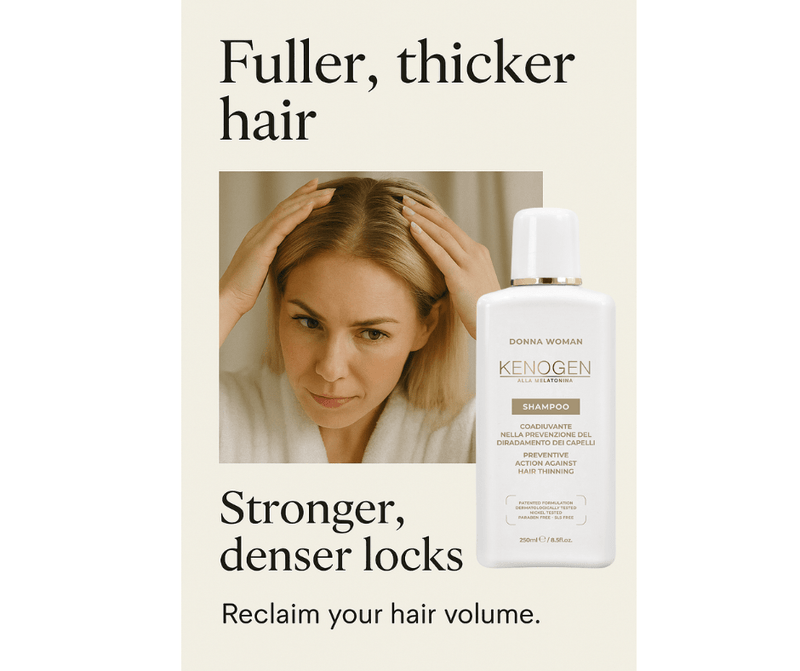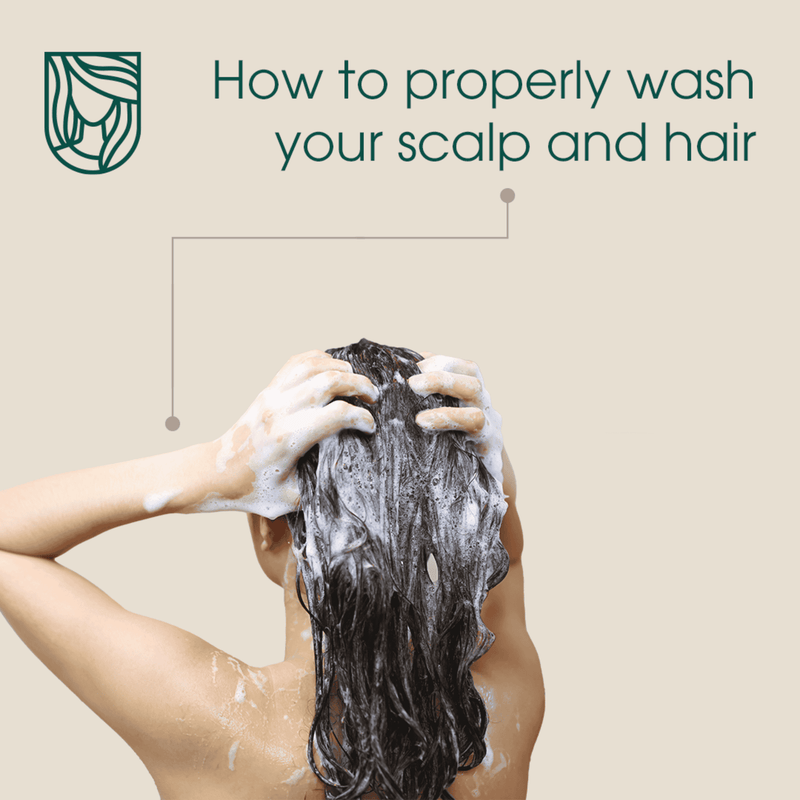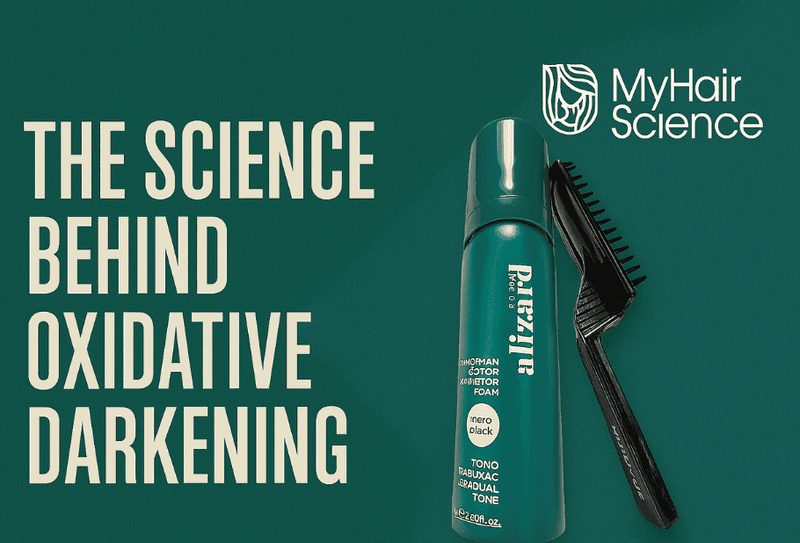

Introduction
Gray hair doesn’t just change your look—it often feels weaker and thinner than your natural color. Many notice their once-lush strands turning fragile, flat, or even “see-through.” If this surprises you, you’re not alone. The good news? This is a natural process, and with the right care, you can rebuild strength, boost volume, and feel confident again. Let’s explore why this happens and how to turn it around.
Why Gray Hair Looks and Feels Thinner
Graying signals more than a shift in pigment. Here’s what’s behind the thinning:
- Texture Changes: Losing melanin alters hair structure. Gray strands may feel coarse yet appear thinner due to reduced density and a flatter cuticle.
- Scalp Aging: As you age, blood flow to hair follicles decreases, slowing growth and thinning strands over time.
- Oxidative Stress: Factors like stress, pollution, and an unbalanced diet speed up graying and weaken hair by damaging follicles.
Ever wonder why your hair feels different now? These changes are interconnected.
The Connection Between Gray Hair and Thinning Hair
It’s not all in your genes. Lifestyle plays a big role—chronic stress, neglecting scalp health, and using harsh shampoos can accelerate both graying and hair loss. This dual effect often hits at the same time, leaving hair looking sparse. The key? Addressing the root causes with targeted care.
Solutions That Work
Ready to fight back? Try these steps:
- Gentle Cleansing: Swap to shampoos formulated for thinning hair. Avoid sulfates that strip natural oils, leaving strands brittle.
- Scalp Health: Massage your scalp for 2-3 minutes daily to boost circulation and deliver nutrients to follicles.
- Active Ingredients: Seek out natural options like Saw Palmetto (to reduce thinning) and oxidative color systems (to manage grays) for a fuller look.
- Consistency: Results take time—stick to a routine for 6-8 weeks to see real improvements.
Natural Ingredients That Help
Nature offers powerful allies:
- Saw Palmetto: May block DHT, a hormone linked to hair thinning, supporting denser growth.
- Melatonin: Studies suggest it protects scalp health and may enhance follicle activity.
- Oxidative Coloring Foams: Gently restore darker tones over time, avoiding the damage of traditional dyes.
Final Thoughts
Gray hair doesn’t have to mean weak, thin strands. With a focus on scalp health, natural ingredients, and consistent care, you can restore thickness and manage grays naturally. Small changes today can lead to fuller, stronger hair tomorrow.
At My Hair Science, we craft solutions in Italy with innovative, science-backed ingredients targeting both thinning and graying. Have you noticed your gray hair thinning? Share your tips below—we’d love to hear!









